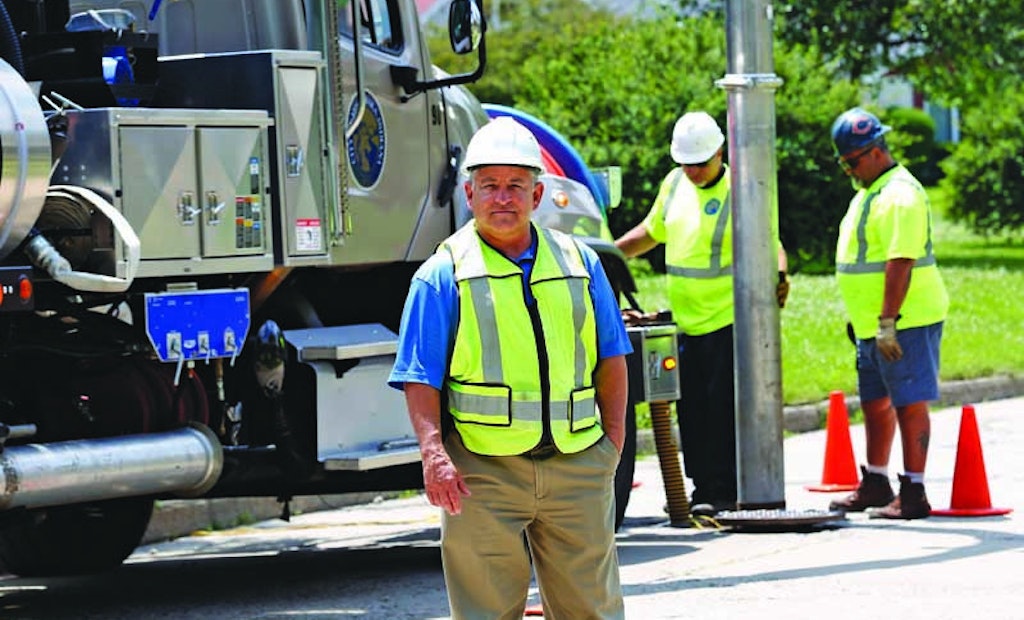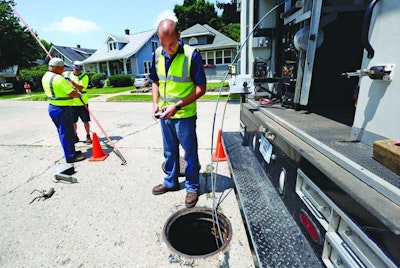
Like the basketball teams its state is known for, Mishawaka, Indiana, has changed up its defenses against combined sewer overflows.
Instead of the old grid-mapping system the Department of Sewer Maintenance previously used to clean sewers neighborhood by neighborhood, the...










